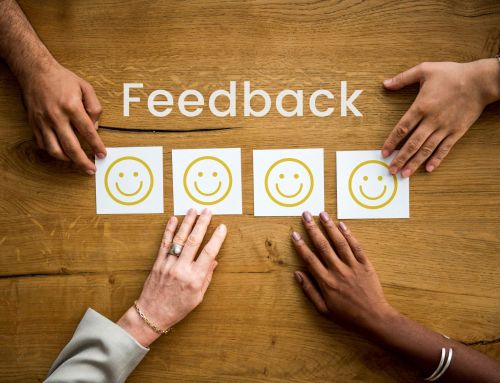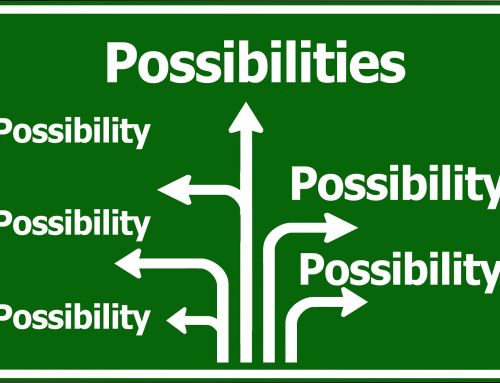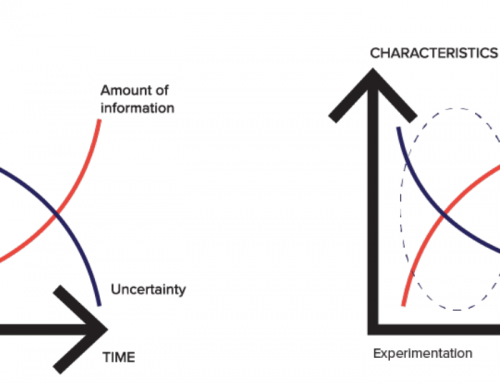Since humanity has developed civilization it has attempted to lay out rules of engagement that always retain a sense of civility. As the course of civilization, and the structures of the societies within, have changed, so too have the behaviors that uphold those ideas. In most current societies, the guidelines of behavior are wide and all-encompassing, making it difficult to distinguish one right from another. Good behavior is held up to such a variance of different rules and expectations, that it is often hard to lay out explicitly what is good; except in the face of what is bad. Most humans approach considerations of behavior (if they consider their behavior at all!) in polar lights. Namely that there is good behavior, and there is bad behavior, the good of which is whatever is deemed as normal or expected actions in each culture. In order to accurately carry these concepts over into a machine learning space, the definitions of good behavior should be made quantifiable. The measurement of behavior relies heavily on quantifiable elements that can be calculated and enforced, otherwise there is no point in utilizing the constructs at all. Artificial intelligence has the capacity to encourage a safer, healthier and more productive global society that upholds universally positive ideals. The groundwork must be laid to define what is trying to be achieved and construct the foundation on how to achieve it. First though, what is good behavior anyway?
Good behavior can be viewed, understood and defined in so many ways, we will be exploring just a handful of the various perspectives and philosophies. Beginning with how it is that we engage in good behaviors, and ultimately why. The broadest way to view this discussion is by assessing whether cultural contexts are the reason we behave well. The sociological contexts that have an influence on our behavior are connected to various factors of a human’s upbringing, learning space and particularly their social culture. The most well-known example of this is peer pressure, which is often regarded as adopting bad behaviors from potential peer groups in order to fit in. It is also possible however to be influenced into good behavior when attempting to live up to the expectations of social counterparts, or even when in competition with them. Psychologically, good behavior is also determined by the self in a cultural setting. Humans will all have different experiences of what is good exactly is, which is oftentimes determined by what we have been taught. Freud claims that many human intrinsic desires are in fact not good behaviors, and the only thing that keeps us in check are the values upheld by civilized society. Because humans understand good behavior to be that which is acceptable behavior, there can often be a shift in considerations of good as new knowledge is gained. A great example of this comes in the form of the story of Charles Darwin and his consanguineous marriage. It was acceptable practice to start a family with a cousin, but as Darwin discovered more about the effects of inbreeding in evolution, he began to question his own understanding of good behavior. Could it be stated then that good behavior is purely what is taught, and is only relevant within certain cultural contexts?
There are also behaviors that are considered to be good under a universal lens. Behaviors that could be argued to be experienced naturally by humans regardless of the rules within their respective societies. Several different schools of thought exist that provide humans with an overarching concept of what is good behavior. The code in most forms of Buddhism state that all living creatures are to be treated with an equal respect and right to life. In Stoicism it is defined that virtues of good must be upheld regardless of the needs of the self, and the polar of this is Hedonism which values the needs and desires of the individual’s happiness. There are many more that each have their own limits and extremes, but a lot share similarities that could be explained as being basic human virtues. Now while both approaches to understanding are relevant in their own rights, it could also be asked whether it is the environments, and the bodies that govern them, that dictate the rules of behavior to be followed. A teacher determines the boundaries of behavior for the good of the class, the learning environment, and herself. Ensuring the reason for the existence of the space is maintained, it is ultimately the responsibility of the head of that space to ensure that good behaviors are tailored for the benefit of all within it. But could it be said that it is just the context of a space, and the rule makers of such, that get to dictate the laws of good?
Now, a question that has plagued and entertained many an artist is that of whether the intention to do good, is just as important as the outcome of the good performed. Does it mean enough that someone is trying to be good, even if by some or other circumstance they are not achieving the result of goodness? This question is of vital importance when attempting to measure good behavior in a machine learning environment. Consider the wellness programs which are a current trend in many companies. Should there be some measurable elements in place that track the attempts to obtain goals, just as the goals themselves are tracked? Should there be consideration for the people that have difficulties walking and therefore could only achieve the ten thousand steps goal with great difficulty? In this case, the good behavior is to take ten thousand steps, but the assumption here is based on the universalist perspective that it’s good for everyone to work out, even if it is unachievable for some. A possible solution in this scenario is that there should be more tailored wellness programs, that are inclusive to multiple contexts and conceptions of good. Most companies take the universal truth approach to wellness and state that good behavior is performing the actions that their programs tell you to do. As aforementioned, there are too many contexts to consider without grouping everyone into one universal box. Due to the high number of different approaches to good behavior, it becomes next to impossible to measure the goodness of customers. While there is a great need for more companies to take responsibility for the power they must influence the wellness of their customers, it is a precarious journey to embark on if wishing to suit all needs.
It is very important to consider humanist constructs when designing artificial intelligence. With the right functionality in place, AI can offer accurate solutions for every customer. It is commonplace for companies to apply blanket statements of good and create milestones for their customers to live up to. This approach, however, often overlooks the contextual nuances of the very different individuals in the pond of users. While it is possible to choose easy goals of measurement, if there’s a desire to cast a wider net of impact, there should be an allowance made to find proxies for good behavior in data. In this way, sociological and psychological theories could be integrated into machine learning processes that generate new measure points of good behavior, such as measuring some dimensions and not others. Perhaps this means creating alternative programs designed for humans with specific ailments, or it could mean adding small side journeys that fit the capabilities of individuals not living up to the general standard. Create models to individualize measures of good behavior, to easily quantify from the available data, new standards of good.
Exploring the concepts which humans have philosophized can provide a wider perspective on how to approach understanding customer behavior. Taking stock of the various contexts of truth, and weaving them into a universal concept of good, will help to refine machine learning processes. ecosystem.Ai is a company that always takes into account the human philosophies that attempt to offer clearer pictures of humanity as a whole. In doing so, the construction of an artificial intelligence program will have specific points of measure that take into account the humans in the system.
- Jessica Nicole




